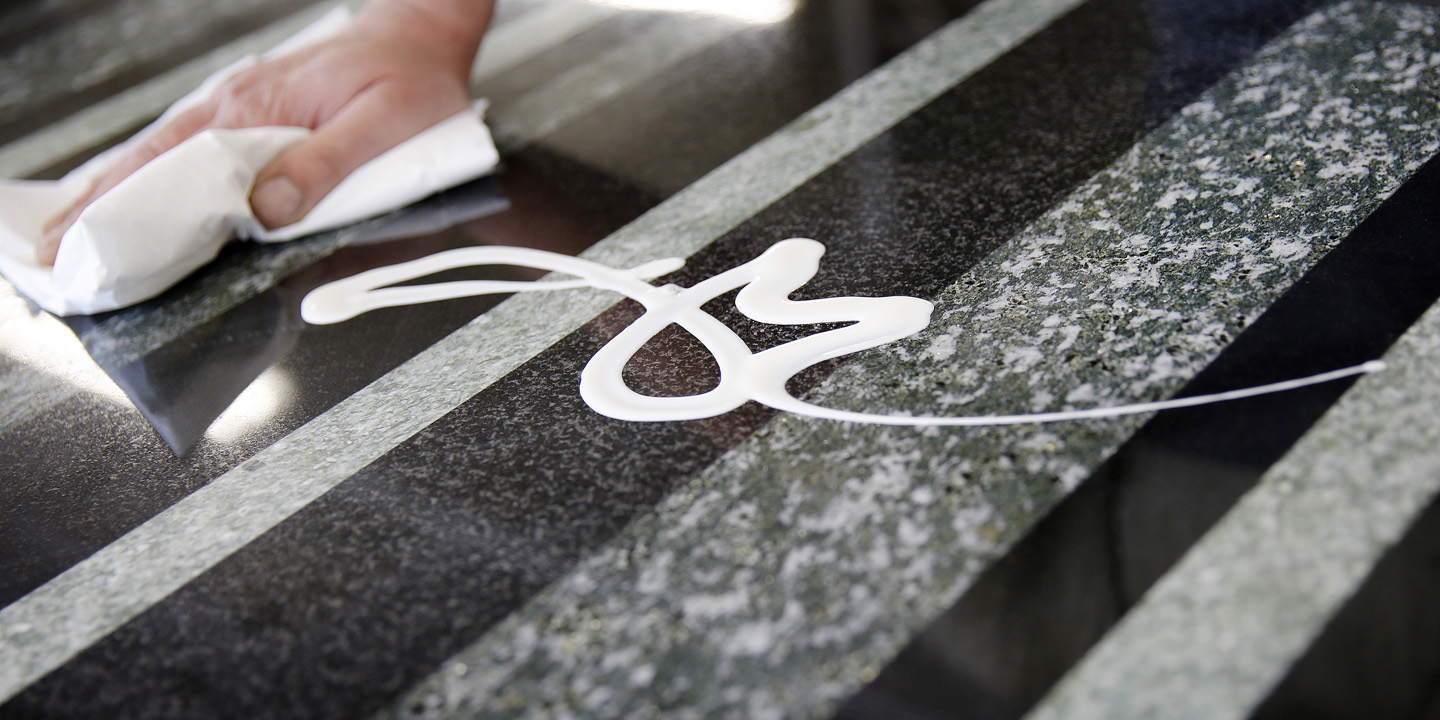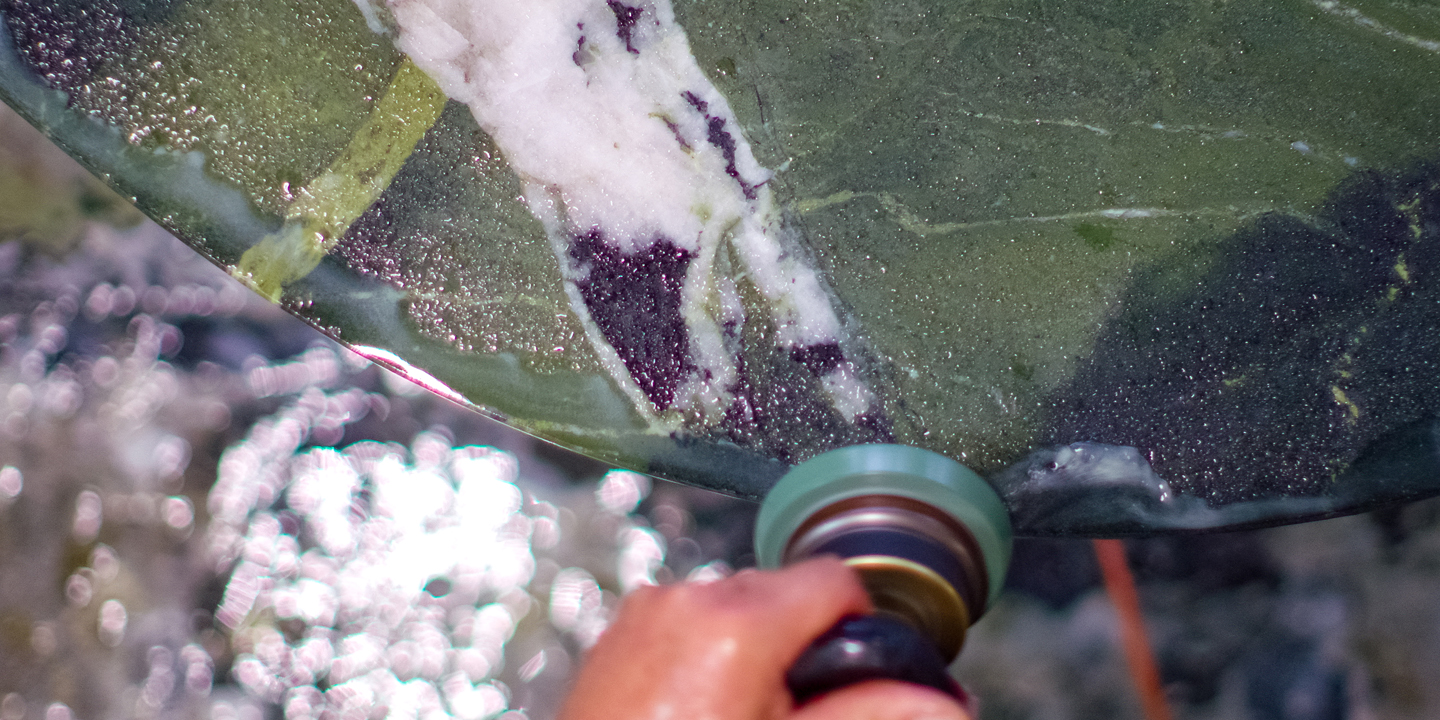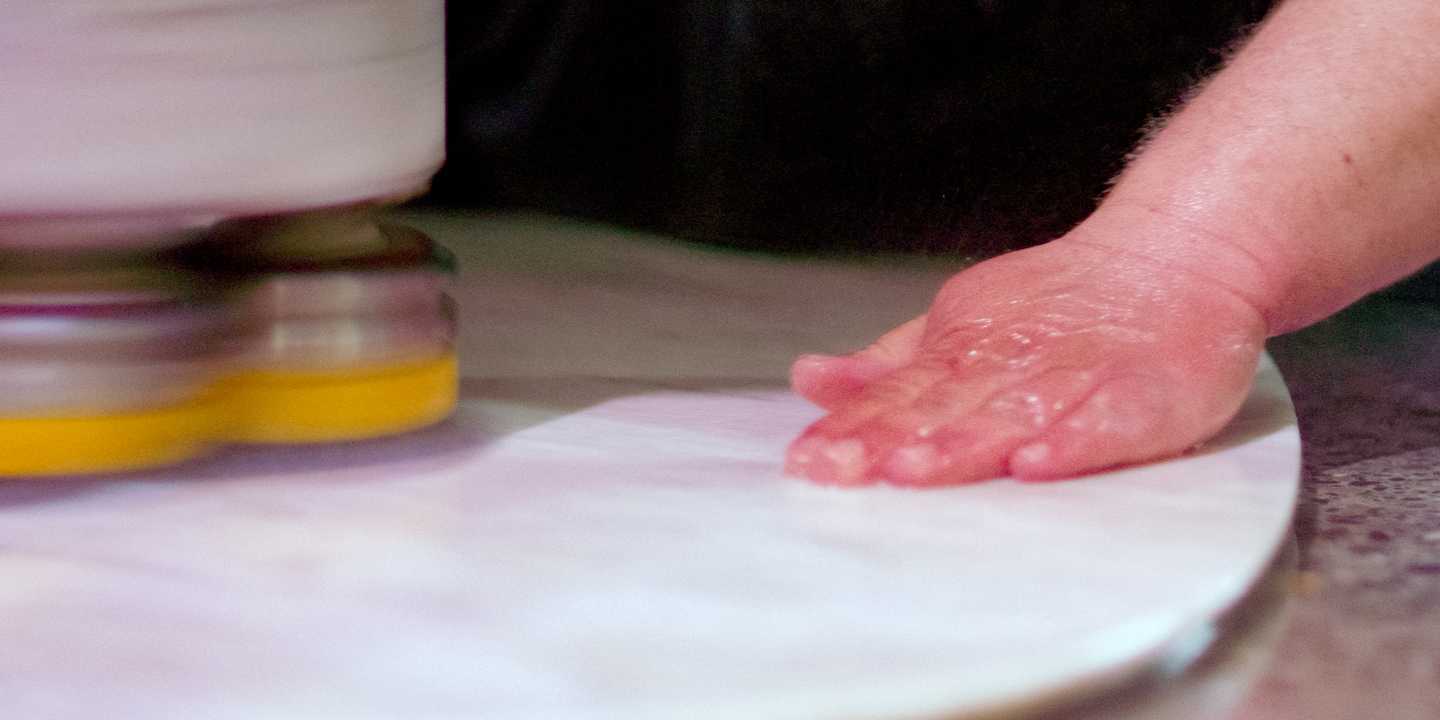Care of Marble tables
Acids of all kinds (juices, wine, mineral water, etc.) attack the surfaces of soft stones such as marble, dissolve the lime and damage the polish. Make sure any spills are wiped up immediately.
Natural stones absorb liquids through their crystalline structure and release them back into the air through evaporation. Water therefore temporarily causes a darker stain. For regular cleaning, wiping with a damp cloth is sufficient. The best stain protection is a quick reaction. The later you wipe, the more it can penetrate the stone. First aid for all water-soluble stains is to rinse thoroughly after wiping (leave a soaking wet sponge overnight), which washes the color pigments into the depths. We recommend distilled water to avoid leaving limescale deposits on the surface. All special dirt that cannot be removed in this way must be treated with special cleaners. To prevent stains at the factory, all stones at DRAENERT are embedded with a special oil-wax emulsion and then treated with a hard wax polish (only for polished surfaces). This usually allows enough time to wipe away liquids in good time before they penetrate
Regular aftercare with the DRAENERT stone impregnation should be carried out quarterly to half-yearly, depending on usage. The impregnator is suitable for polished, leathered and matt stone surfaces. If stubborn stains have arisen, e.g. B. from colored liquids, vigorous rinsing with a wet sponge overnight helps. As a result, the color particles are washed into the deeper layers of the stone and the slab regains its previous appearance. It is then recommended to freshen up the surface with the DRAENERT stone impregnator. However, be careful with grease or synthetic substances (ink, felt-tip pen). In such cases, please contact your furniture store or us directly. We offer special stone cleaning products for this upon request. When transporting a stone table within the apartment, you should not carry the weight on the protruding edges of the table. Damage to the plate is conceivable here. To do this, use supporting timbers that reach under the substructure.


